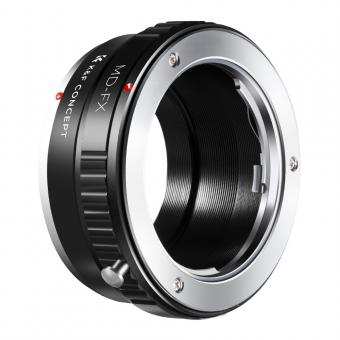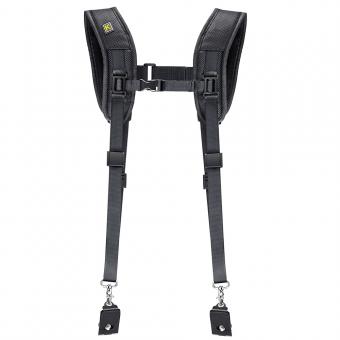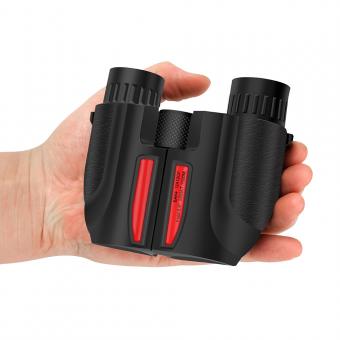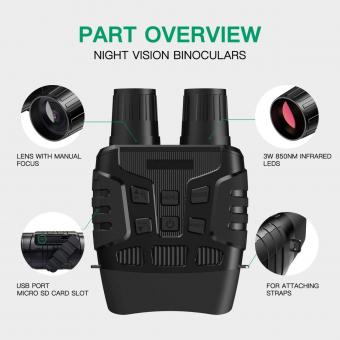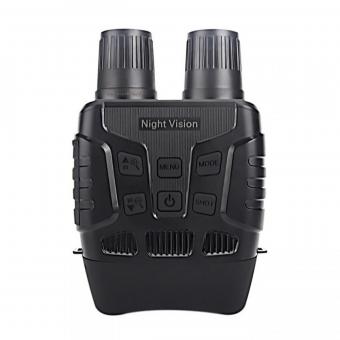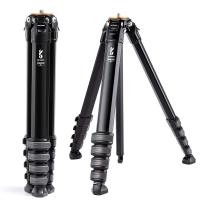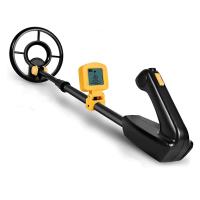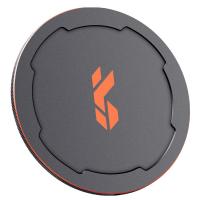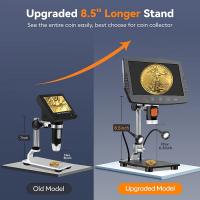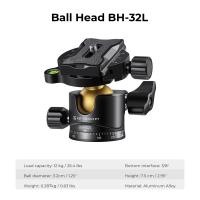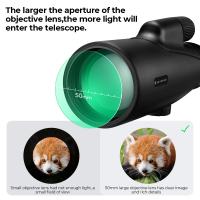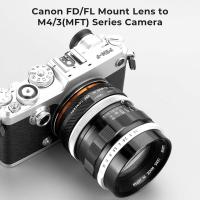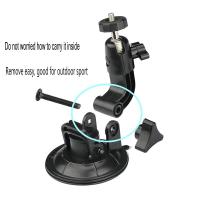What Does 12x50 Mean On Binoculars ?
The numbers 12x50 on binoculars refer to the magnification and objective lens diameter, respectively. The first number, 12, indicates the magnification power of the binoculars, meaning that the image will appear 12 times closer than it would to the naked eye. The second number, 50, refers to the diameter of the objective lens in millimeters. This is the lens at the front of the binoculars that gathers light and determines the brightness of the image. A larger objective lens diameter generally means a brighter image, but also results in a larger and heavier pair of binoculars.
1、 Magnification
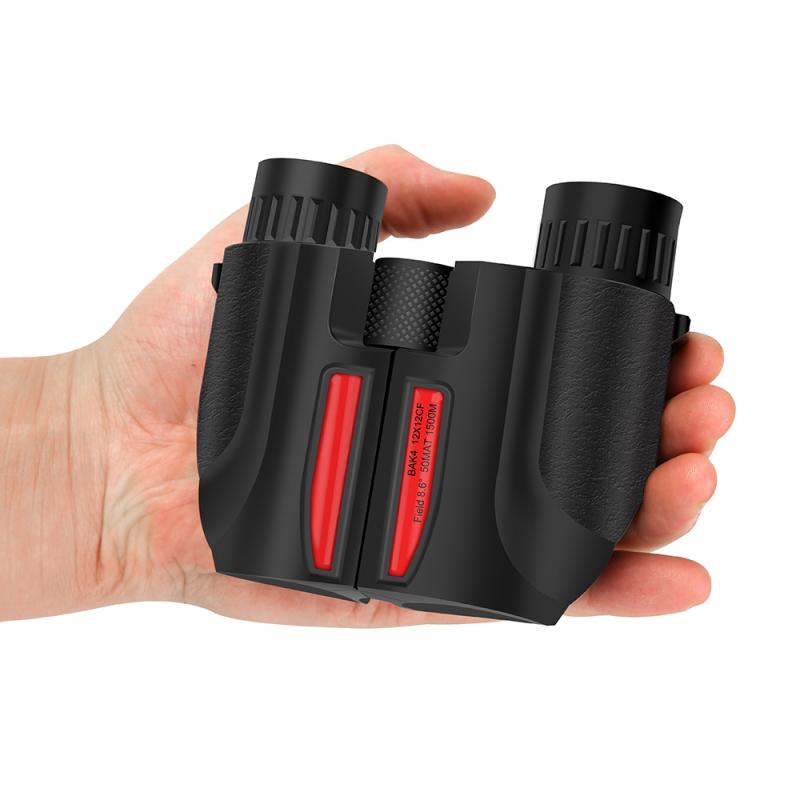
"What does 12x50 mean on binoculars?" The answer is magnification. The first number, 12, represents the magnification power of the binoculars. This means that the object being viewed will appear 12 times closer than it would with the naked eye. The second number, 50, represents the diameter of the objective lens in millimeters. The objective lens is the lens at the front of the binoculars that gathers light and focuses it onto the eyepiece. A larger objective lens allows more light to enter the binoculars, resulting in a brighter and clearer image.
It is important to note that while magnification is an important factor in choosing binoculars, it is not the only factor to consider. Other factors such as the quality of the lenses, the field of view, and the durability of the binoculars should also be taken into account. Additionally, higher magnification does not always mean better image quality. At higher magnifications, the image may become shaky or blurry due to hand movement or atmospheric conditions.
In recent years, there has been a trend towards using lower magnification binoculars for bird watching and other outdoor activities. This is because lower magnification binoculars typically have a wider field of view, making it easier to track moving objects. Additionally, lower magnification binoculars are often lighter and more compact, making them easier to carry on long hikes or trips.
In conclusion, the numbers on binoculars represent the magnification power and objective lens diameter. While magnification is important, it is not the only factor to consider when choosing binoculars. The latest trend is towards using lower magnification binoculars for outdoor activities.
2、 Objective Lens Diameter

"What does 12x50 mean on binoculars?" The answer is "Objective Lens Diameter." The first number, 12, refers to the magnification power of the binoculars. This means that the image you see through the binoculars will appear 12 times closer than it would with the naked eye. The second number, 50, refers to the diameter of the objective lens in millimeters. The objective lens is the lens at the front of the binoculars that gathers light and forms the image you see. A larger objective lens diameter allows more light to enter the binoculars, resulting in a brighter and clearer image.
The objective lens diameter is an important factor to consider when choosing binoculars. A larger objective lens diameter will provide a brighter image, making it easier to see in low light conditions. However, a larger objective lens also means a heavier and bulkier pair of binoculars. It's important to find a balance between objective lens diameter and portability, depending on your intended use.
In recent years, there has been a trend towards using smaller objective lens diameters in binoculars. This is due to advancements in lens coatings and other technologies that allow for brighter images with smaller lenses. However, larger objective lens diameters are still preferred by many birdwatchers, hunters, and other outdoor enthusiasts who need the brightest and clearest image possible. Ultimately, the choice of objective lens diameter will depend on your personal preferences and intended use.
3、 Exit Pupil
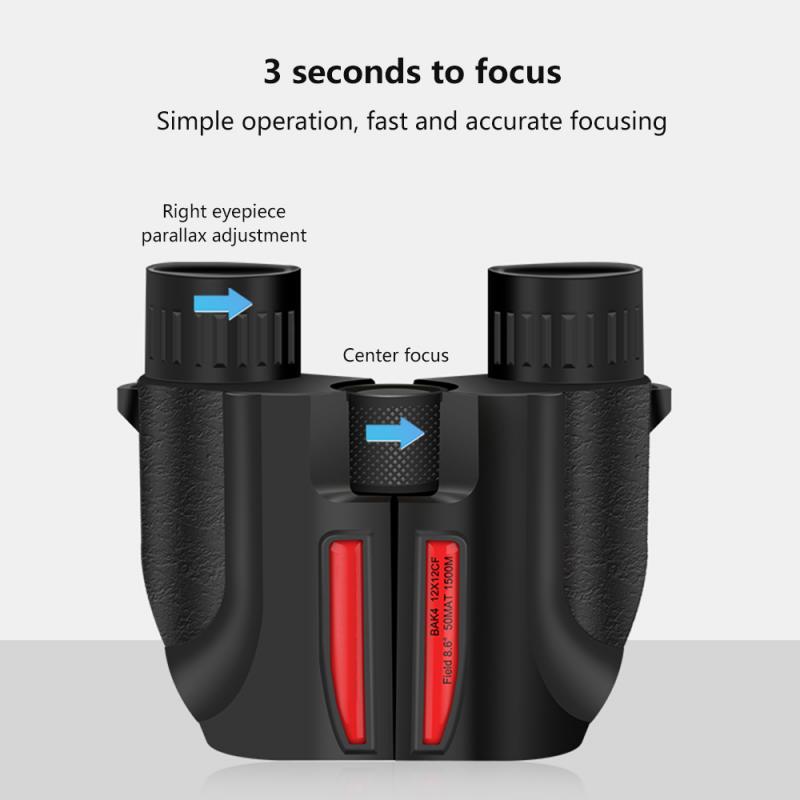
"What does 12x50 mean on binoculars?" The answer is "Exit Pupil." The numbers 12x50 on binoculars refer to the magnification and objective lens diameter, respectively. The magnification of 12x means that the image viewed through the binoculars will appear 12 times closer than it would with the naked eye. The objective lens diameter of 50mm refers to the size of the front lenses that gather light and determine the brightness of the image.
The exit pupil is the diameter of the beam of light that exits the eyepiece of the binoculars. It is calculated by dividing the objective lens diameter by the magnification. In this case, the exit pupil would be 4.17mm (50/12). The exit pupil is important because it determines the amount of light that enters the eye and affects the brightness of the image. A larger exit pupil allows more light to enter the eye, resulting in a brighter image, especially in low light conditions.
In recent years, there has been a trend towards larger objective lenses and higher magnifications in binoculars. However, it is important to note that a larger exit pupil does not necessarily mean a better image. The quality of the optics and coatings used in the binoculars also play a significant role in image quality. Additionally, a larger exit pupil may not be necessary for daytime use or in well-lit conditions.
In summary, the numbers 12x50 on binoculars refer to the magnification and objective lens diameter, respectively. The exit pupil is the diameter of the beam of light that exits the eyepiece and affects the brightness of the image. While a larger exit pupil can result in a brighter image, other factors such as optics and coatings also play a significant role in image quality.
4、 Field of View
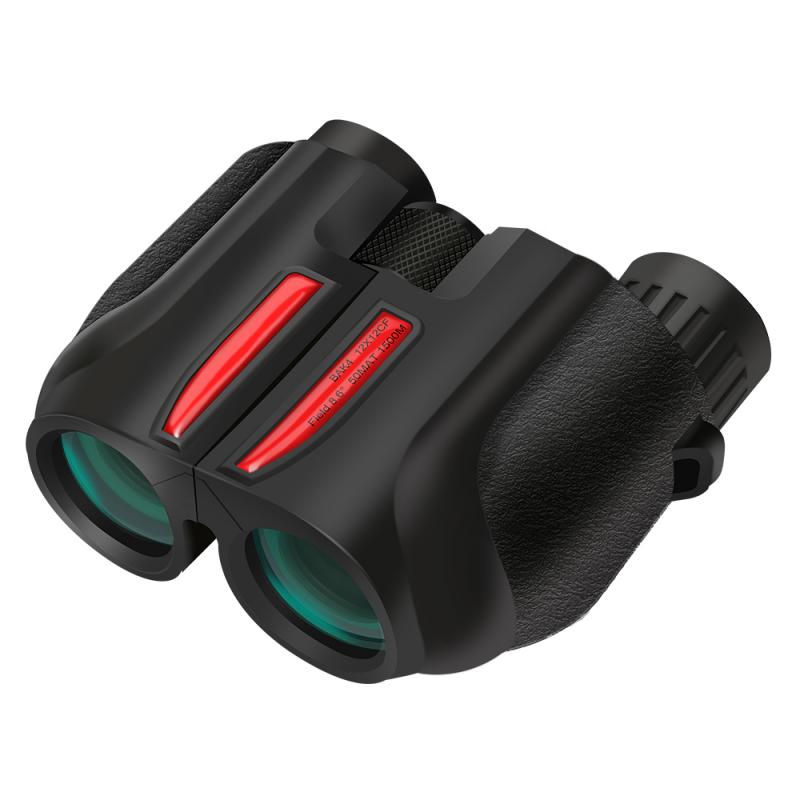
"What does 12x50 mean on binoculars?" The answer is "Field of View." The numbers 12x50 on binoculars refer to the magnification and objective lens diameter, respectively. The magnification of 12x means that the image viewed through the binoculars will appear 12 times closer than it would with the naked eye. The objective lens diameter of 50mm refers to the size of the front lenses that gather light and determine the brightness of the image.
The field of view is the area visible through the binoculars at a specific distance. It is usually measured in feet or meters at a distance of 1,000 yards or meters. A wider field of view means that you can see more of the scene at once, making it easier to track moving objects or scan a large area quickly. A narrower field of view provides a more detailed view of a smaller area.
The field of view can vary depending on the magnification and objective lens diameter of the binoculars. Generally, higher magnification binoculars have a narrower field of view, while larger objective lenses provide a wider field of view. However, the quality of the optics and the design of the binoculars can also affect the field of view.
In summary, the numbers 12x50 on binoculars refer to the magnification and objective lens diameter, respectively. The field of view is the area visible through the binoculars at a specific distance and can vary depending on the magnification, objective lens diameter, and quality of the optics.









